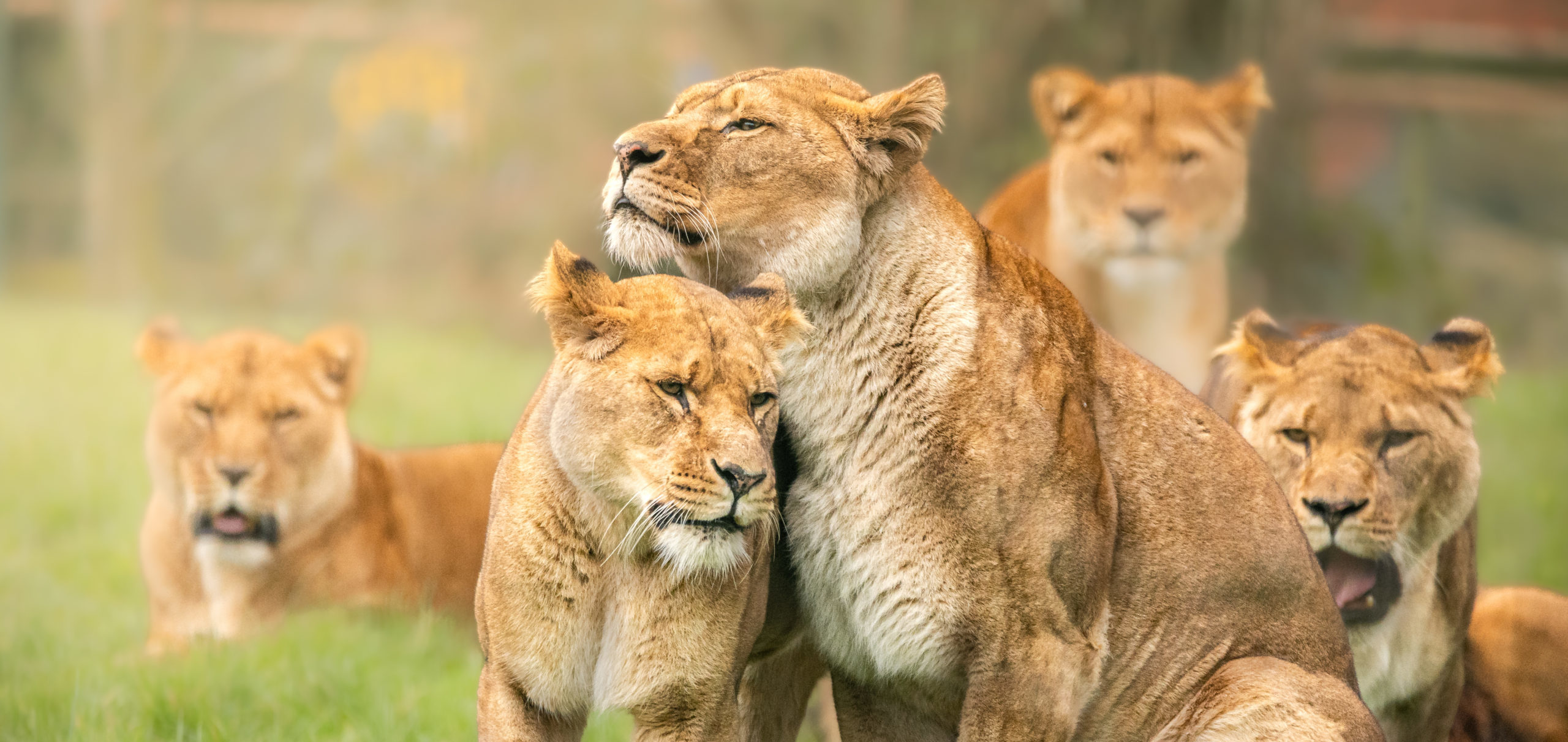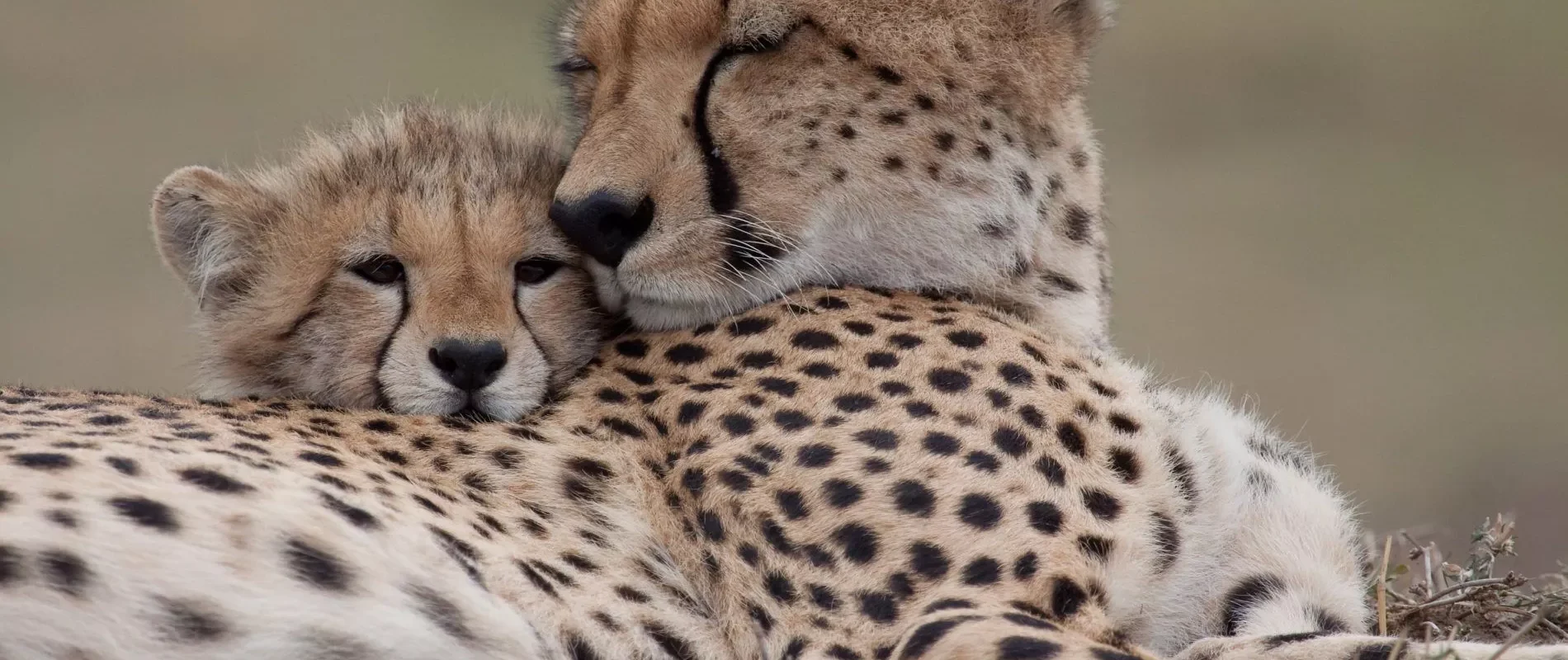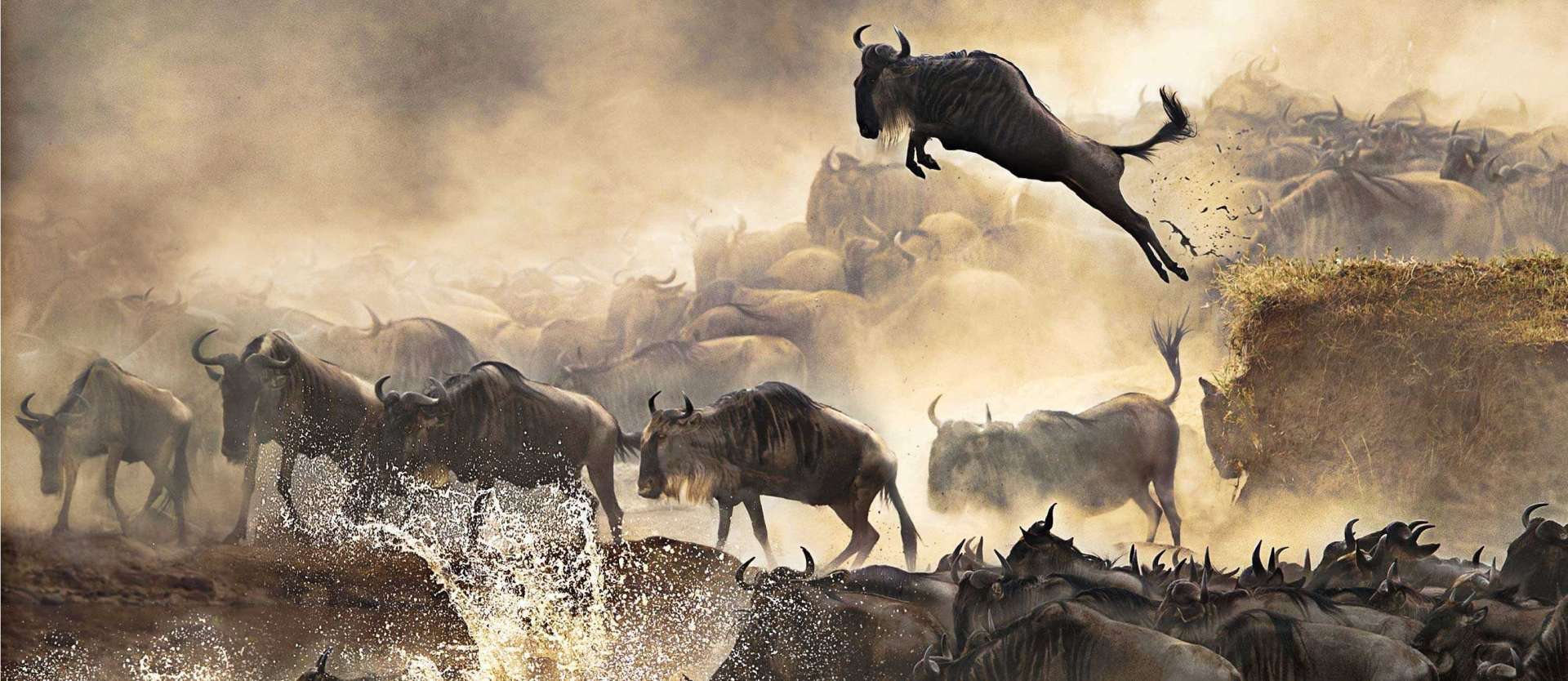10 Must-See Wildlife Species in Tanzania and Where to Find Them
Tanzania is a dream destination for wildlife lovers. Home to the legendary Serengeti, Ngorongoro Crater, Tarangire, and countless other parks, it boasts some of the richest biodiversity on the planet. Of course, everyone wants to spot the famous Big Five, but Tanzania’s wilderness is teeming with so much more—colorful birds, rare antelopes, and some of the most majestic predators you’ll ever see.
If you’re planning a safari, knowing which species to look out for and where you’re most likely to find them makes the adventure even more rewarding. From elephants marching across savannahs to flamingos painting lakes pink
1. Lions – The Kings of the Savannah
No safari feels complete without seeing lions in their natural habitat. Tanzania has one of the largest lion populations in Africa, and they’re often seen lounging under acacia trees or stalking prey on the plains.
Where to Find Them: Serengeti National Park (especially during the Great Migration) and Ngorongoro Crater.
2. African Elephants – The Gentle Giants
Watching a herd of elephants cross the savannah is a truly unforgettable moment. These highly intelligent animals are known for their strong family bonds and fascinating behaviors, like mud-bathing and trunk wrestling.
Where to Find Them: Tarangire National Park is famous for its massive elephant herds, especially during the dry season.
3. Leopards – The Masters of Stealth
The most elusive of the Big Five, leopards are solitary and secretive. They spend much of their time draped on tree branches, blending perfectly with the shadows. Spotting one is a safari highlight.
Where to Find Them: Serengeti and Lake Manyara National Park—look up in the trees!
4. Black Rhinos – The Rare Sightings
Black rhinos are critically endangered and among the hardest animals to see on safari. But Tanzania offers one of the best chances to encounter them in the wild.
Where to Find Them: Ngorongoro Crater is the top spot, with a small but carefully protected population.
5. African Buffalo – The Tough Survivors
Often overlooked, buffalo are among the most dangerous animals in Africa. They move in large herds and display strong protective behaviors, making them both fascinating and intimidating to observe.
Where to Find Them: Serengeti and Ngorongoro Crater, where massive herds graze the open plains.
6. Cheetahs – The Speed Demons
Cheetahs are the world’s fastest land animals, capable of reaching speeds up to 70 mph. They prefer open grasslands where their speed gives them an edge in hunting.
Where to Find Them: Serengeti’s vast plains, especially the southeastern regions.
7. Giraffes – The Elegant Browsers
With their long necks and graceful movements, giraffes are among the most photogenic safari animals. Tanzania is home to the Masai giraffe, easily identified by its jagged and irregular spots.
Where to Find Them: Easily spotted in Serengeti, Tarangire, and Ruaha National Park.
8. Hippos – The River Guardians
Hippos may look comical, but don’t be fooled—they are territorial and surprisingly aggressive. By day, they wallow in rivers and lakes; by night, they venture out to graze.
Where to Find Them: Hippo pools in Serengeti and the rivers of Selous (Nyerere National Park).
9. Flamingos – The Pink Spectacle
For something truly different, Tanzania’s lakes offer a dazzling show of pink as thousands of flamingos gather. These birds feed on algae and tiny crustaceans, creating jaw-dropping spectacles.
Where to Find Them: Lake Manyara and Lake Natron are the best flamingo-watching destinations.
10. Wildebeest – The Migration Marvel
Tanzania is home to one of the greatest wildlife spectacles on Earth: the Great Migration. Millions of wildebeest, joined by zebras and gazelles, move in a circular route across the Serengeti in search of fresh grazing grounds.
Where to Find Them: Serengeti National Park—timing depends on the season, but June to October offers the famous river crossings.





